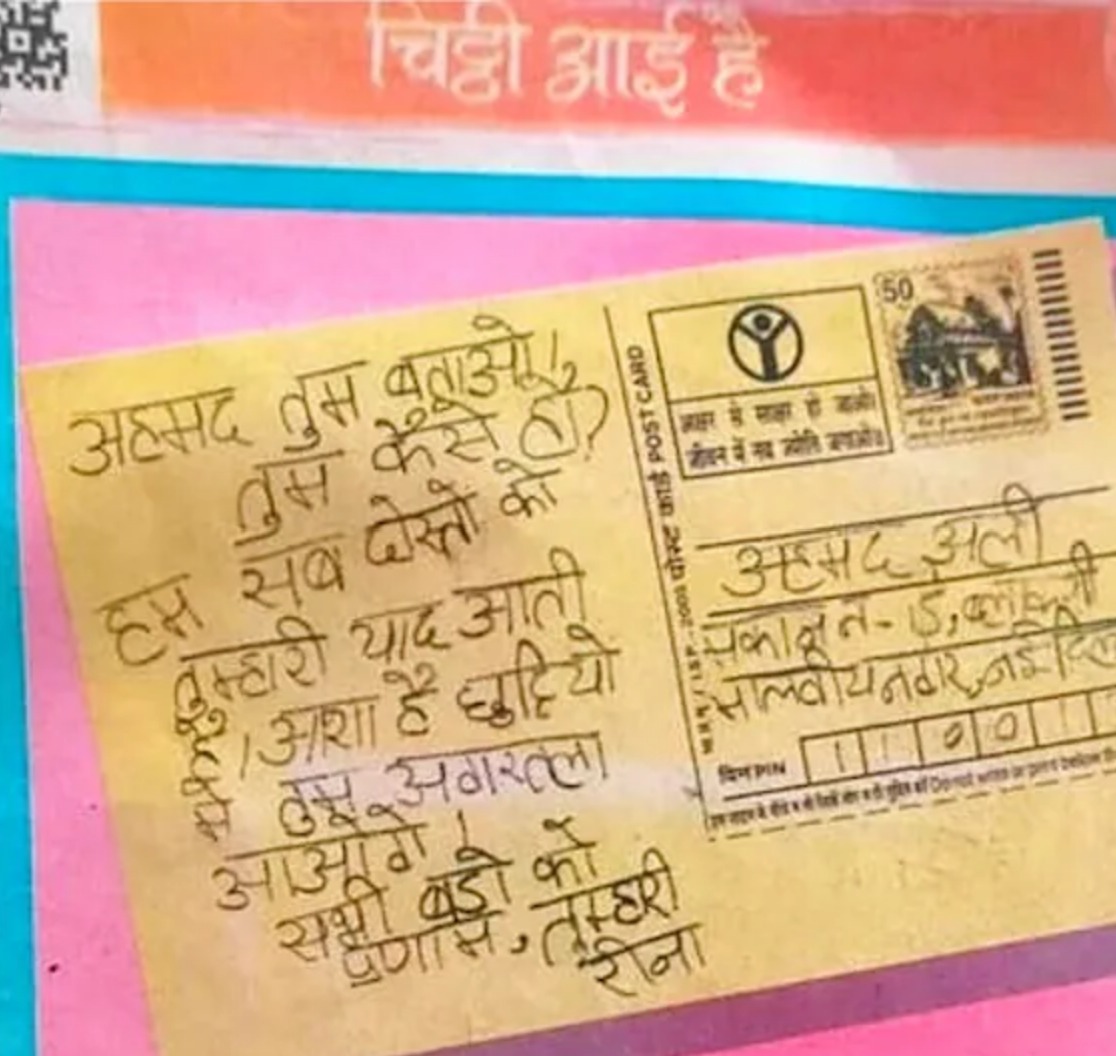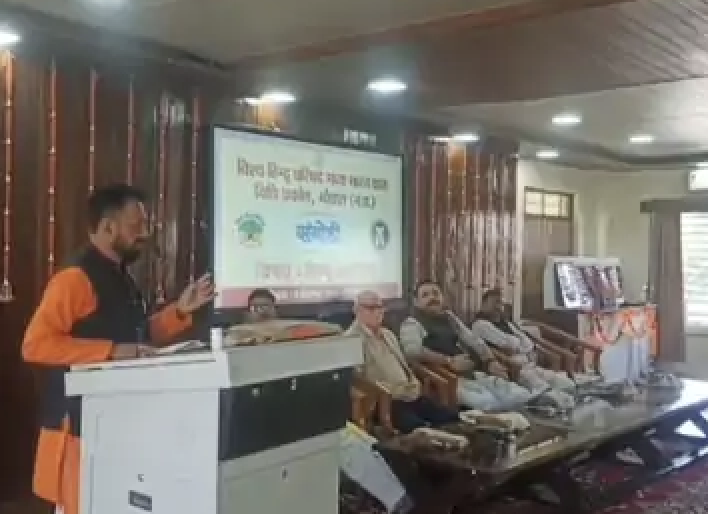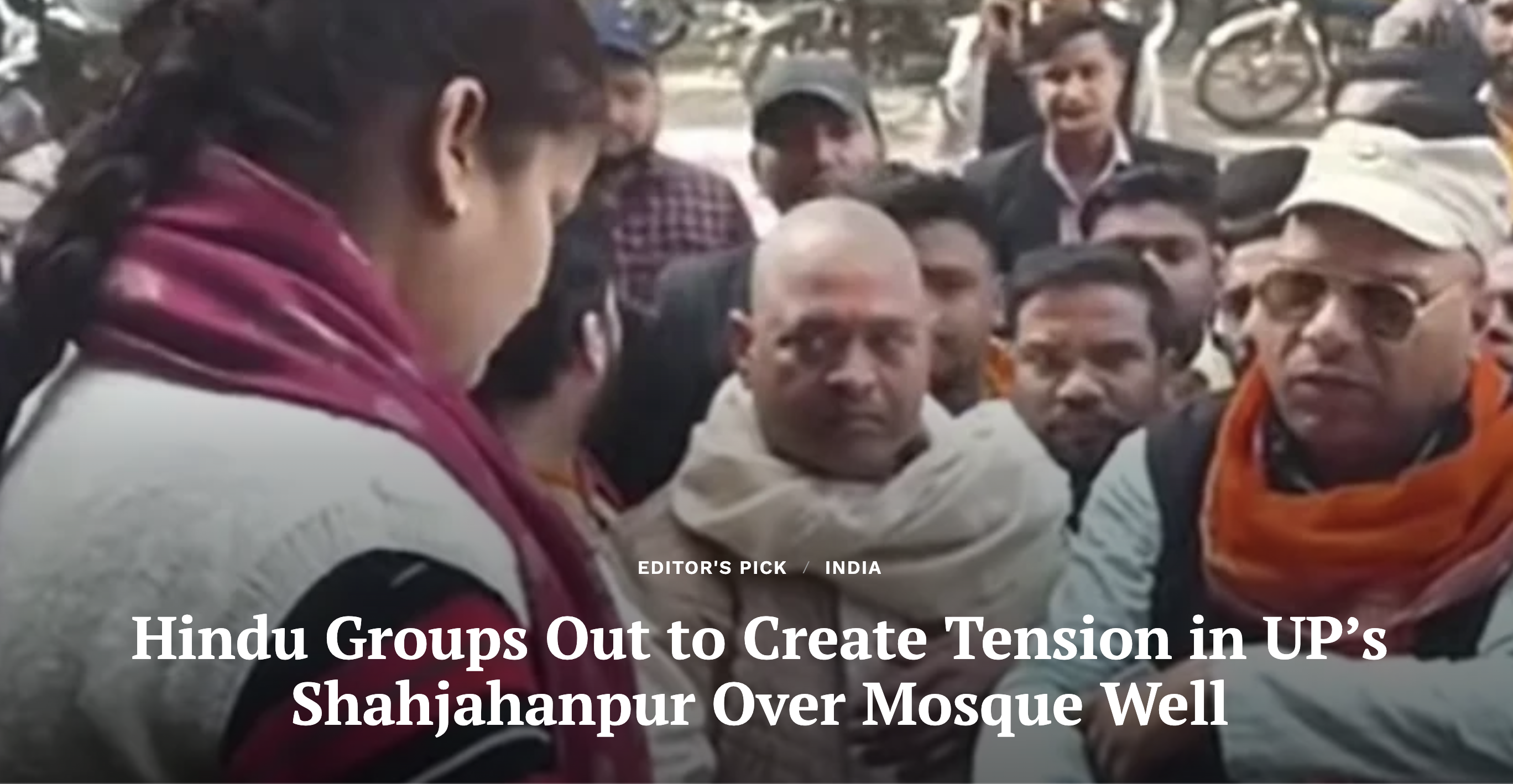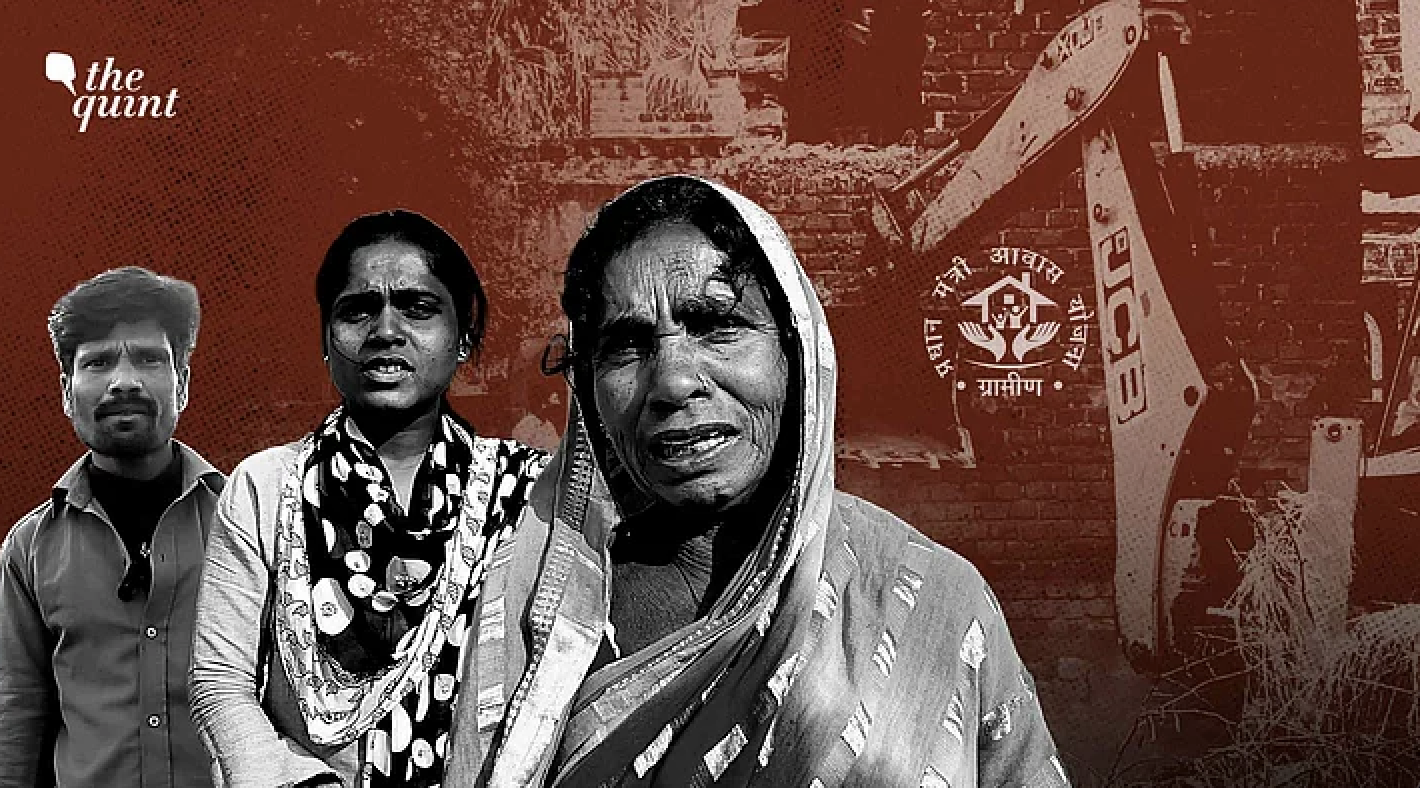
New Delhi: Five years ago, the national capital witnessed one of the deadliest Hindu-Muslim riots in post-Partition history. For three days, northeast Delhi burned as Muslim neighbourhoods were ravaged. Bodies lay on the streets, houses were smashed, and people hid in absolute terror, at a time when Donald Trump, during his first stint as US President, was in the city, just a few kilometres away.
The Hindu-Muslim riots followed Delhi BJP leader Kapil Mishra’s decision to hold a pro-Citizenship (Amendment) Act (CAA) rally in Northeast Delhi’s Jaffrabad. During the rally, Mishra gave the Delhi Police a “three-day” ultimatum to get the roads cleared of anti-CAA protesters.
Today, he is Delhi’s law minister. In April this year, a Delhi court ordered a probe against Mishra in connection with the violence. Days later, the probe was stayed after Mishra moved a plea.
At least 53 people died and over 600 were injured while the rest of the country watched in horror. By the time the forces moved in three days later, this part of the city had been reduced to rubble—burnt cars, charred shops, desecrated religious places, damaged schools, empty bullet cartridges and stones scattered across the streets. Then chief minister Arvind Kejriwal came under sharp criticism for his government’s response.
According to the police, 755 FIRs were lodged and 1,818 people arrested. But it was FIR 59/2020—which invoked the stringent Unlawful Activities (Prevention) Act (UAPA)—that garnered the most attention. Specifically because of names like Umar Khalid, Sharjeel Imam, Devangana Kalita and Natasha Narwal, all student leaders, who were accused of involvement in a larger conspiracy behind the deadly violence.
Cut to present day, and the trial is yet to gather pace. Justice and closure have been nowhere in sight for the past five years. The trial is currently in the arguments on charge phase—a preliminary stage where the court is still hearing arguments as to whether there is sufficient evidence to proceed with the trial.
This story was originally published in theprint.in. Read the full story here.






